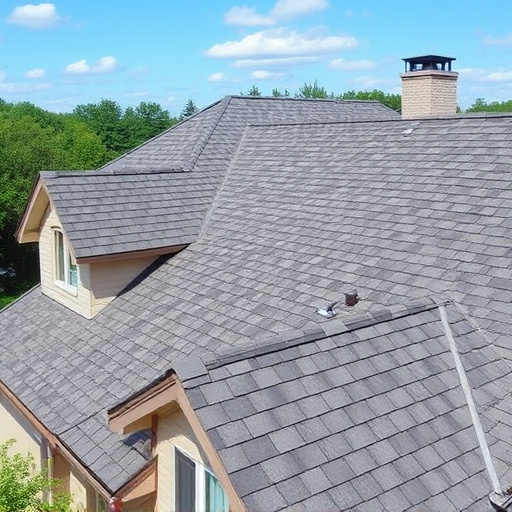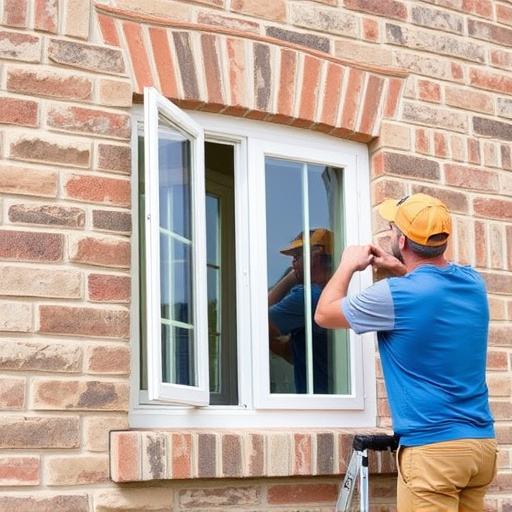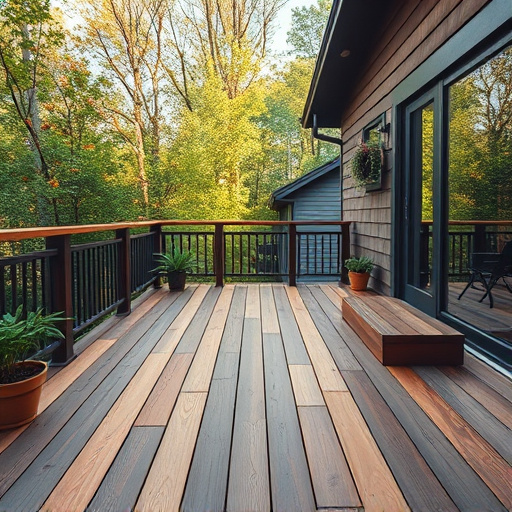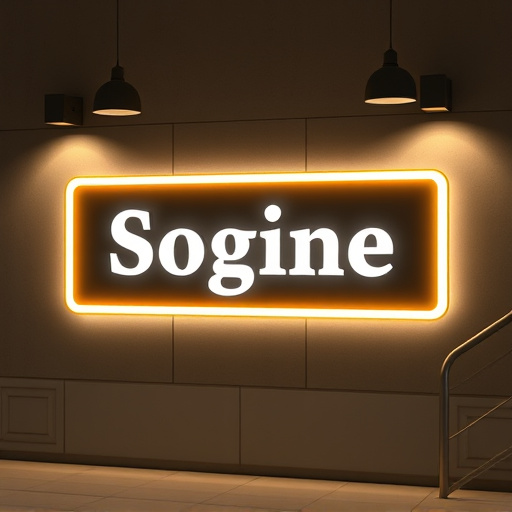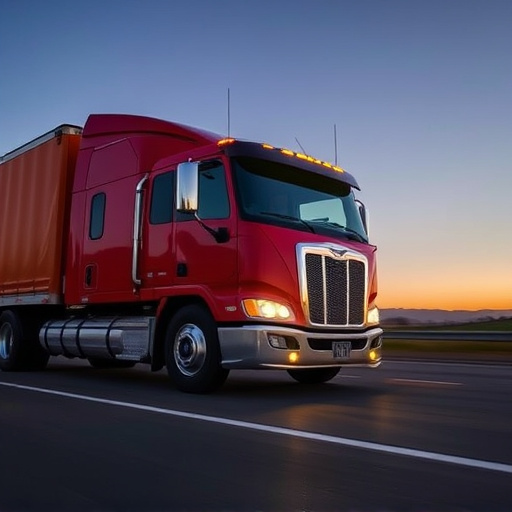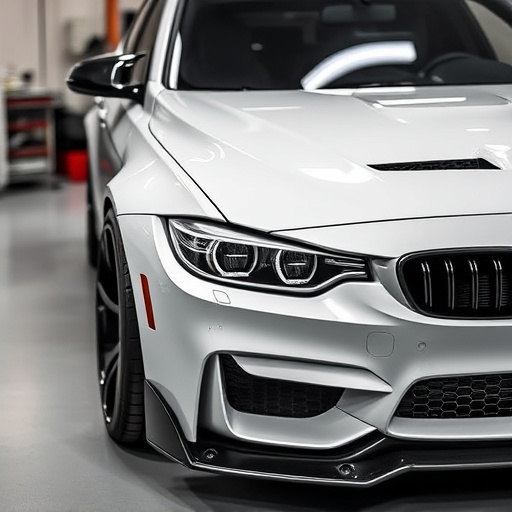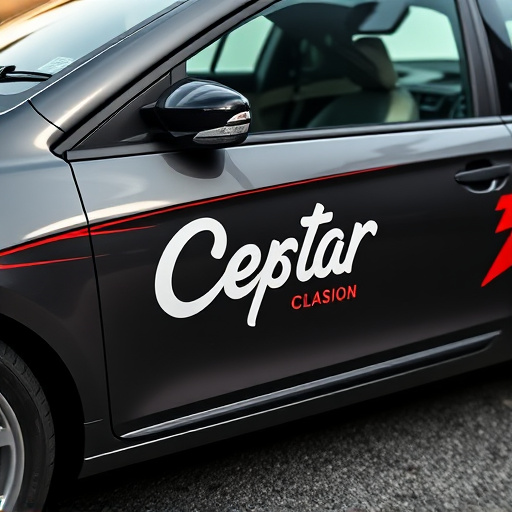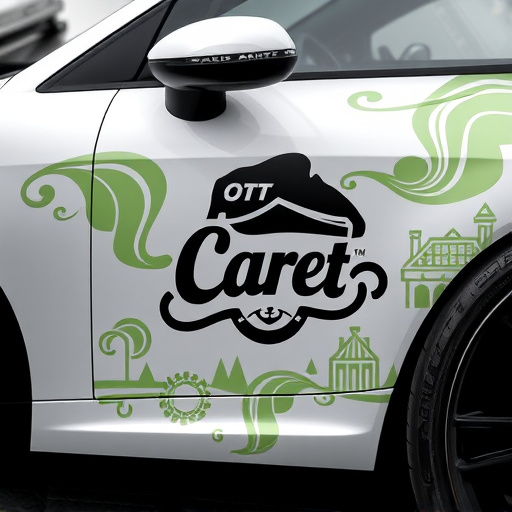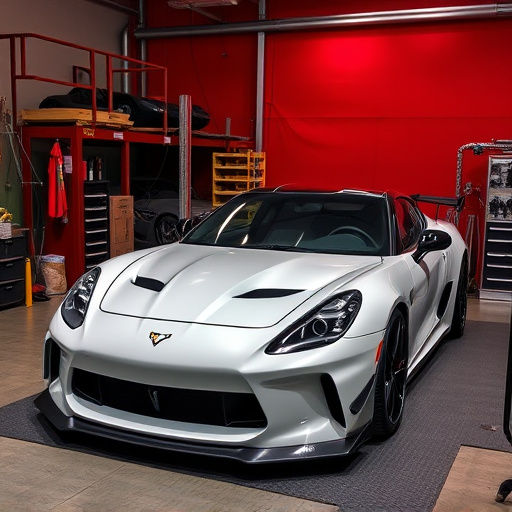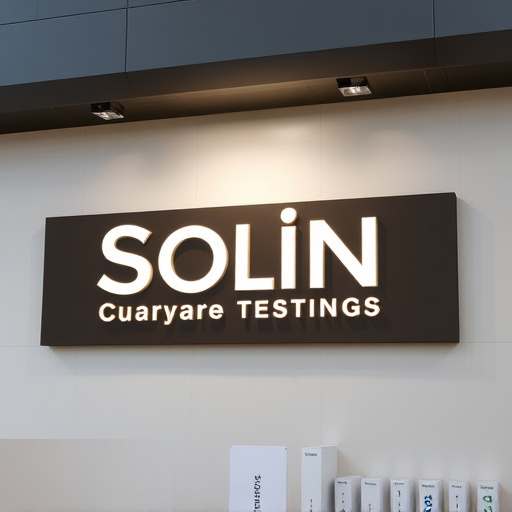Vehicle wrap installation transforms cars with high-quality wraps, offering creative design possibilities and cost-effectiveness. Preparation involves meticulous cleaning and protection against UV rays through ceramic tinting. The process requires precise application of wraps, achievable with specialized software, to avoid air bubbles and achieve a flawless finish. While sensitive to heat and sunlight, proper maintenance ensures longevity of the vibrant, customizable look.
“Vehicle wrap installation has transformed the automotive industry, offering a dynamic way to transform and protect vehicle exteriors. This article delves into the art of wrapping cars, SUVs, trailers, and buses, exploring the process, materials, and benefits. We’ll guide you through each step, from preparation to application, ensuring a flawless finish.
Learn about the longevity and maintenance tips for these wraps, as well as potential challenges, allowing you to make informed decisions for your vehicle’s unique needs.”
- Understanding Vehicle Wrap Installation: Materials and Preparation
- The Step-by-Step Process of Applying Vehicle Wraps
- Benefits, Challenges, and Maintenance Tips for Longevity
Understanding Vehicle Wrap Installation: Materials and Preparation
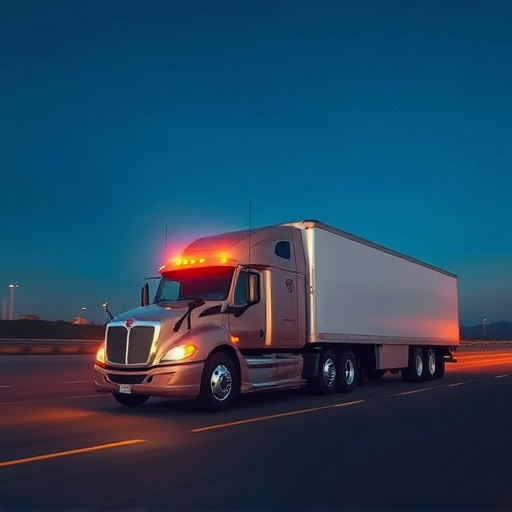
Vehicle wrap installation is a precision art that transforms exterior surfaces into eye-catching displays. Before diving into the process, understanding the materials and meticulous preparation required is key. The primary component is high-quality vehicle wrap film, designed to adhere tightly to various car, SUV, trailer, or bus surfaces while offering exceptional scratch protection. This durable material comes in a range of finishes, from matte to gloss, allowing for customization according to desired aesthetics.
Preparation involves meticulous cleaning and decontaminating of the target surface to ensure optimal adhesion. This includes removing dirt, grease, and existing coatings, often with specialized cleaners and solvents. For added protection, ceramic window tinting can be applied alongside the wrap, offering not just aesthetic benefits but also functional advantages like UV ray blocking and enhanced scratch resistance. Proper preparation is crucial for a successful installation, ensuring the vehicle enhancement lasts for years while showcasing a stunning new look.
The Step-by-Step Process of Applying Vehicle Wraps
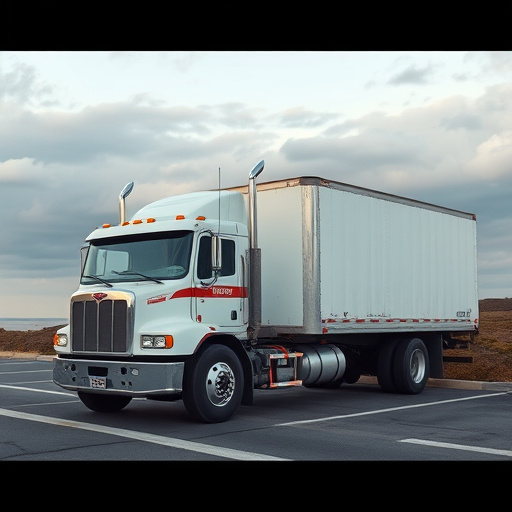
Applying a vehicle wrap is an art that involves several precise steps to ensure a flawless finish. The process begins with thorough preparation, where the surface is cleaned and any existing damage or contaminants are addressed. This critical step ensures the wrap adheres properly. Next, the protective coatings are applied, offering a barrier between the vehicle’s paint and the wrap, enhancing durability.
For custom graphics enthusiasts, this is where the creativity shines. The design is carefully laid out, often using specialized software to ensure precision. Once ready, the vinyl wraps are cut with precision, taking into account the contours of the vehicle. Installers then apply the wraps, starting from edges and working inward, smoothing as they go. This method ensures air bubbles are minimised, and the wrap adheres perfectly to the car’s curves.
Benefits, Challenges, and Maintenance Tips for Longevity
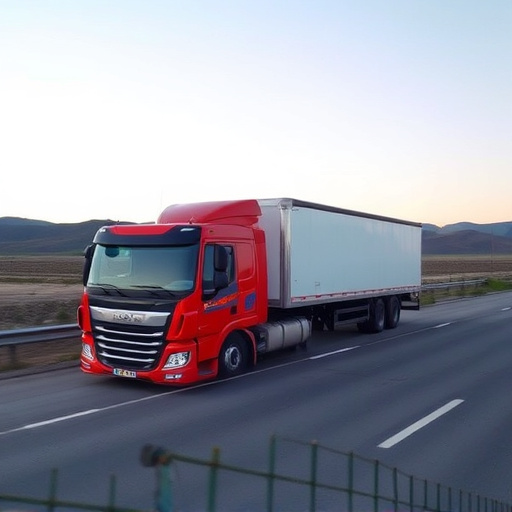
Vehicle wrap installation offers a range of benefits for both personal and commercial vehicle owners. One of the primary advantages is the ability to transform the exterior appearance with vibrant colors, eye-catching graphics, or even brand logos, enhancing the overall aesthetic appeal. Wraps provide an affordable alternative to traditional painting, as they are easier on the budget and can be easily removed or changed later, making them ideal for those who want to frequently update their vehicle’s look.
Despite these advantages, there are challenges associated with vehicle wrap installation. Proper application requires skill and precision to ensure a seamless finish that covers all contours and edges. Furthermore, wraps are more sensitive to heat and direct sunlight, which can cause the material to yellow or crack over time. Regular maintenance, including cleaning, inspecting for damage, and reapplying protective coatings like ceramic coating or heat rejection films, is crucial for longevity. Proper care ensures that the wrap remains vibrant, protected from the elements, and maintains its initial impact for an extended period.
Vehicle wrap installation is a transformative art that enhances the exterior aesthetics of cars, SUVs, trailers, and buses. By understanding the materials and preparation required, along with the step-by-step application process, you can achieve professional results. The benefits of vehicle wraps include customization, protection, and cost-effectiveness. While challenges may arise, proper maintenance tips ensure longevity, keeping your wrapped vehicle looking vibrant for years to come. Optimizing your vehicle’s appearance through wrap installation is a strategic choice that enhances both visual appeal and practicality.


